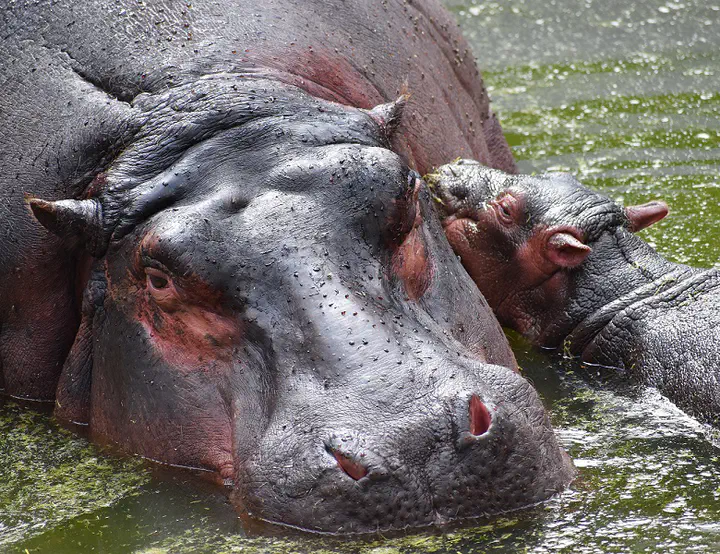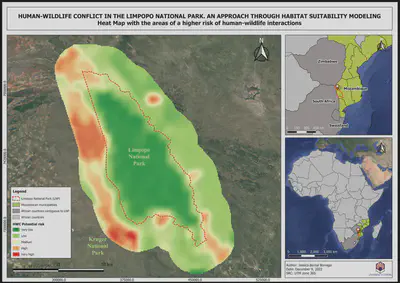Human-wildlife conflict in the Limpopo National Park. An approach through habitat suitability modeling

Abstract
Among the large herbivores that inhabit the Mozambican Limpopo National Park are the elephant (L. africana), the buffalo (S. caffer), and the hippo (H. amphibius). Although since the moment of declaration of the territory as a National Park in 2001 the existing population within the park and adjoining areas have been relocating outside of it, the negative human interaction with the species continue to occur, a conflict exacerbated by drought and increasing pressure on freshwater resources. In this work, we approach this conflict through ensemble modeling of species and interactions, exploring the statistics to eventually provide heat maps of potential conflict areas in and around the park. The ensemble statistics showed in general good results in TSS (0.72-0.78), ROC (0.91-0.95), and Kappa (0.4-0.65) values. RF, Maxent, and GAM show better performance, with the variables of most importance in the models being altitude and mean temperature of the warmest month for L. africana; altitude and annual precipitation for S. caffer; and the dry season NDWI and annual precipitation for H. amphibius. Potential conflict points are found around the park, mainly distributed in the western half of it, if we consider the probability gradient of occurrence of the species. Our results illustrate the potential application of habitat distribution models in the study of human-wildlife conflicts.
